INSIGHTS: Living Off Grid
Rekka Bell and partner purchased their sailboat “Pino” in 2016 with plans to rely on the grid as little as possible. During the following 4 years they circumnavigated the Pacific, working and writing on board, learning a lot about keeping things simple. Here Rekka gives us an insight into their off-the-grid lifestyle and just how easy it can be to implement.
Published 5 years ago
Living off-grid
People chose to live off-grid for self-sufficience, resilience, or ecological reasons. For us, to live off-grid, is most of all letting go of the numbing culture of convenience. When anchored in a foreign country, far from everything and everyone, you depend on your own self, your vessel and what’s on it. When something breaks, it falls onto you to fix it. Electricity becomes a finite resource, limited to the amount of solar panels on deck, and to the size of your battery bank.
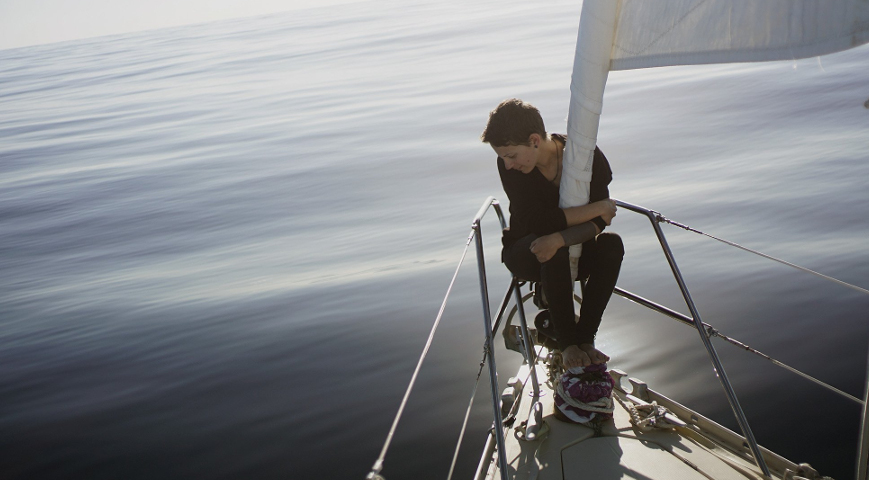

This way of life is not necessarily restrictive, you might find that learning to live in communion with your vessel offers a peace of mind previous unimaginable. My partner and I, purchased our sailboat in 2016 with plans to rely on the grid as little as possible. During the following 4 years, we circumnavigated the Pacific, we did made some mistakes along the way, but we learned a lot.
Maslow’s pyramid of needs positions as most basic, or most crucial, physiological needs, like water, food, warmth and rest, followed closely with security and safety. Meeting these basic needs, while living aboard a sailboat, takes but some planning and time.
Water
It’s easy to forget that water is not inexhaustible when it flows so readily by the turn of the tap. Living on a boat, you develop a deeper connection to this precious resource. Depending on where you go, you’ll have to treat it, catch it, carry it or pay for it.
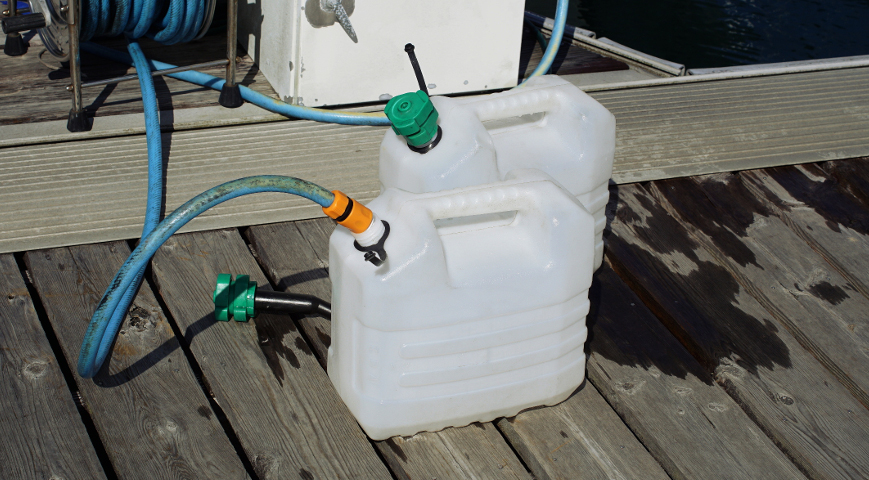

On average, each person living on land uses a shocking 300 to 400 liters of water per day for indoor home use. The amount is surprising, considering that basic needs are covered with a mere 10 liters of water a day per person. A person needs between 2.7 and 3.7 liters of drinking water each day. When anchored near a port, once a week, we would ferry four bins of 10 liters from shore to the boat. When it rained, we’d collect water trickling down from our aft solar panels into a 20 liter bucket. At sea, we’d catch the water sliding from our mainsail. We collected this extra water for showers, laundry and washing dishes. To conserve water, our sink faucet is operated with a foot pump, where each push draws out 60 ml of water, allowing us to measure our usage.
On passages, we carried 6 extra Jerrycans of water, enough to sustain two people for a few more weeks than the length of our trip. We crossed paths with a boat who had an incident with their main freshwater supply. Five hundred miles away from shore, they found salt water in their one and only freshwater tank. The crew had to drink the water from coconuts for 5 days. Having separate bins makes for a more resilient system, if salt gets into one tank, it won’t corrupt the entirety of your supplies. A sure way of preventing contamination, is to check all o-rings and tanks for leaks before leaving.
We chose not to have a desalinator aboard Pino, and have managed well without it. It’s a device that is expensive, high maintenance and power-hungry. It might be something to consider if your wallet and battery bank can handle it. Water generated from reverse osmosis lacks essential minerals needed for good health, like calcium and magnesium. If you consider a desalinator, it’s necessary to re-mineralize the water.
Rain catchment, as I mentioned earlier, is a good way to top-up your tanks. Some sailors set up tarps to catch and lead the water into Jerrycans, others have the water flow directly into their main tank — I don’t recommend doing that unless you’ve got a good filtration system. While the rain itself might be safe to drink, it carries dirt or whatever may be on your tarp, or deck. And depending on where you are, the rain may have environmental pollutants mixed in. For these reasons, I recommend using rainwater for purposes other than drinking and cooking. If you are to drink it, it’s important to boil it first for at least 1 minute, or to run it through a good two-step filtration system.
Even if you don’t plan on drinking it, it’s a good idea to treat the water you catch. The easiest way to do this is to add chlorine bleach to your supply. This is something we’ve done, and continue to do. The suggested ratio of chlorine to water is 2 drops bleach for 1.15 liters. The above ratios are for bleach containing 5.25% Sodium Hypochlorite. This amount depends on the concentration, the ratios will be different for 5.25% than for 8% chlorine bleach (1 drop: 1.15 l). Only use regular, unscented chlorine bleach products that are suitable for disinfection and sanitization, as indicated on the label. A good way to remember these ratios, is this saying:
“You must be 21 to drink”
2 drops bleach per 1 liter (quart) water, easy to remember. Note that 1 quart is slightly less than 1 liter.
Power
To know how many solar panels we needed, we made a list of our indispensable electric systems and their energy requirements, that included lighting, appliances, laptops and more. We looked up their power usage in watts, for example, my old Macbook Pro draws 60w, if I were to use it for 6h, it would draw roughly 360w a day. Adding up the wattage gave us a rough estimate of our daily use.
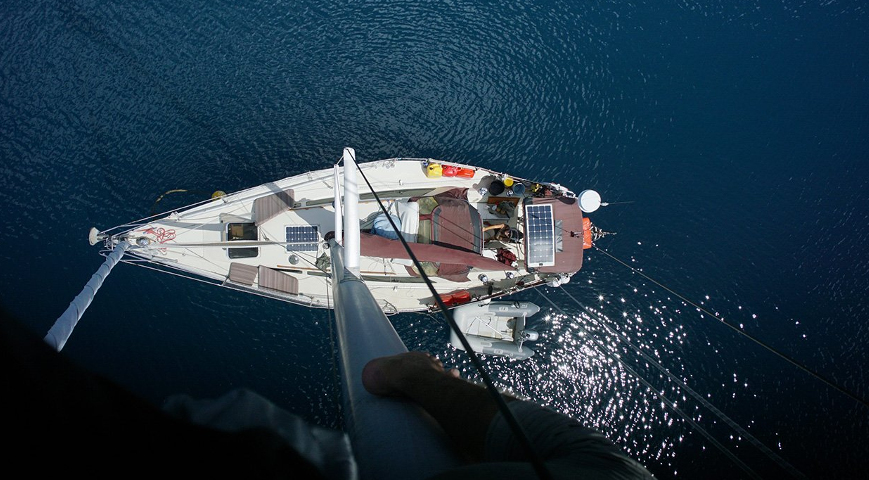

Of course, the energy coming from solar panels fluctuate based on the angle of the sun, the cloud coverage and other obstructions. Our own power usage aboard can also vary a lot in a week, depending on what we choose to do each day. While on passages, our capability to capture sunlight is reduced to keep our windage low, but our energy consumption is equally reduced for not much else is drawing power other than our navigation electronics like the AIS, the wind meter, and at night, the lights.
An anchored board will orbit its anchor according to the wind, and rarely stays in the same spot and so it is difficult to position panels to guarantee an optimal draw. We’ve had many cloudless days with the mast casting a shadow covering a large part of our panels. On moments such as this, or cloudy days, we adapt by using our appliances less. We live according to the weather.
Instead of scaling our battery banks to our needs, we chose to adapt our needs to the available space for batteries and surface for panels. It’s also important to consider that more solar panels often mean more windage.
Having a complex system exposed to a harsh environment like the sea, creates opportunities for things to break. Saltwater corrosion is a very real threat. Nowadays, many electronics, or ‘smart’ systems, use proprietary parts, making them difficult to repair. We’ve encountered many boats, stuck in port for weeks and weeks, waiting for parts to arrive. An over-reliance on convenience products may bind you to services on land, in a way that you may not want.
Aboard Pino, we carry a small portable generator as a backup to our solar. Our Honda’s 1,000-watt generator is compact, fuel-efficient, lightweight, and can run for 7.1 hours on 2.7 liters (0.6 gal) of gas. We also have our engine’s alternator, which we use to charge up batteries. We consider these options as backups, as redundancy to our main source of power, solar.
Cooking
Not having the convenience of having access to a supermarket can be a problem, especially when you’ve run out of flour, or cooking oil. We picked up the habit of buying food in large quantities, stocking plenty of dry goods and shelf-stable products. Lacking a refrigerator, dry goods are especially important. When sailing to far-away places, we stock many types of whole grains (buckwheat, whole wheat, cornmeal, oats). Different grains offer different nutritional profiles, and meal options.
We buy flour in bulk, and keep it in separate jars (each accommodating a 2 kg bag). Keeping some types of flour separate helps to avoid problems, like weevils. If one batch is contaminated, the other might be fine.
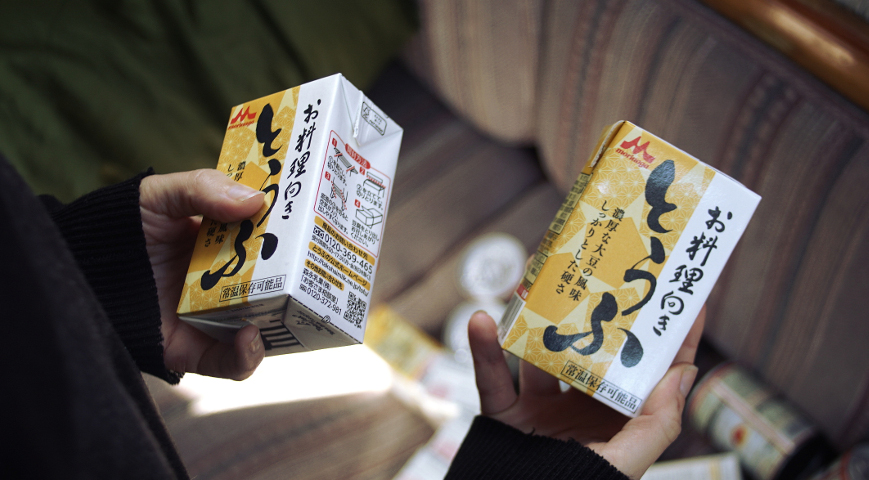

In a store, if we see something that we like, we buy a lot of it. Depending on where we are, there is a chance that they won’t have it again the next day. In a small shop in Tonga, we came across a few packs of Tetra-pak tofu. There were five packs on the shelf, we bought three. We could have purchased all five, but felt rather greedy. The next day they were gone, and we never saw any more on the shelves again. The same thing happened in a shop in Rarotonga. One day there were bags of dried dates, the next, all gone!
For cooking, we carry two tanks of propane. Our main tank is 9 kg (20 lbs) and lasts us for up to 4 months, and our second smaller backup tank is 5 kg and ideal for when our main tank unexpectedly runs out.
No Fridge
Refrigeration is a modern convenience we choose to do without, we prefer to limit the use of energy-guzzling devices and to educate ourselves on proper storage of ingredients. We try as much as possible to pick produce without defects or bruises, and that have not previously been refrigerated.
We look at our inventory of fresh foods daily, and eat items with a shorter shelf life first, like fresh herbs and greens. Then, we move on to tomatoes, eggplants, and onto carrots and beets. In the end, we’re usually left with onions, garlic, cabbage, potatoes and pumpkins. Potatoes and onions will last months if kept in a dark dry place, and some fruit will last a while if wrapped in towels, foil or newspapers. Most condiments like vinegar, soy sauce, mustard and peanut butter do well in cupboards. Molasses, maple syrup and jam will also keep for many weeks.
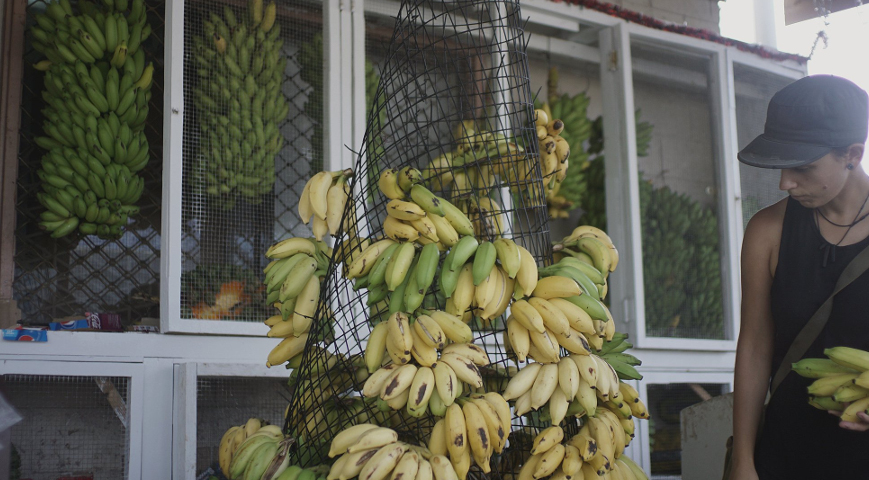

Relying solely on the selection of local and seasonal produce from farmer’s markets makes us discover new ingredients, while it encourages local vendors, and cuts down on emissions from transport. Alternatively, making preserves and pickles allows us to enjoy some foods out of their season. In New Zealand, a friend once gave us feijoas that we processed into chutney which we had the following season.
Waste
Waste is always a tricky topic for boaters, because it’s something you’ve got to deal with. Keeping surrounding waters clean and free of contaminants is important. The primary environmental concern with sewage is not the urine, which is sterile, but feces which contain bacteria, pathogens, and nutrients, and should not go overboard. The septic tank may only be emptied, from at least, 3 miles from shore.
Pump-out stations will help you get rid of waste, but are only available near a handful of cities. Composting toilets might be a good option for those who do not want to haul anchor and head offshore to flush their tank.
Having a composting head aboard frees up much-needed space. It also means no holding tank to empty, no smelly hoses to unclog, and little to no maintenance. You can build your own composting head or buy one of the many models on the market.
Most models have a urine diverter, separating the liquids from the solids to ensure contamination-free composting. Some models also have fans, to help the solids dry out and remove odors. In composting heads, urine accounts for ~85% of the waste volume in tanks. Having a diverter is great because it increases capacity for solids, which means not having to empty the tank as often. The ideal medium for processing your waste into compost depends on how you plan on using your toilet and vary between sawdust or peat moss. C-head wrote a very good article on the subject.
Assuming the boat is your only home, disposing of the waste requires a bit of planning. If near a city, partnering with someone on land with composting facilities is ideal, but otherwise, bringing the solids to the trash in composting bags is the next best thing. When full, it’s possible to empty jugs of urine into public toilets. If there are no facilities nearby, capping it off to dispose of later, and replacing the jug is a good option.
Conclusion
Over the years, we’ve rid our boat of many electric systems, like water pressure, which we replaced with a simple foot pump, the water heater we replaced by just heating water on the stove, our auto-pilot with a windvane, and our refrigeration unit… we decided to not replace with anything.
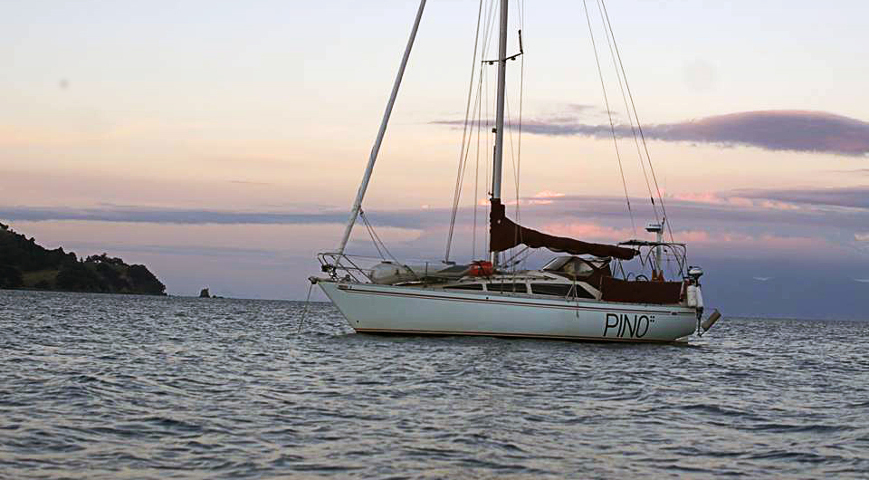

There are “analog” alternatives to every part we removed. Without these, we keep our power consumption low, reducing our need for extra solar, keeping our costs down and reducing the amount of things that can break, or fail.
Aiming to reduce our footprint, by learning to live according to the sun and the wind has been an excellent exercise toward mindfulness, something we much needed to better navigate today’s attention economy.
It’s a good way to live, and we hope that when you make the leap, that you too will agree.
………………………………………………………………………………………………………………………………………
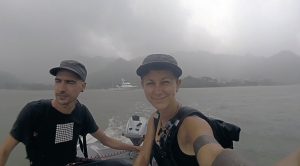

Rekka is a cartoonist and writer, Devine is a programmer and musician, together they create interactive design software while sailing around the Pacific. Since 2016, they have sailed Pino, their Yamaha 33, from Canada and around the South Pacific to Japan.
They operate a small research studio called Hundred Rabbits, where they do experiments in resilience and self-reliance using low-tech solutions.
The ways in which they spend their time vary wildly from day to day, but they focus on alternative ways to store power and minimum viable solutions for technological tooling.
……………………………………………………………………………………………………………………………………..
Related Links:
- Power Sources for Life Off the Grid (Cruising World Article)
- More INSIGHTS
……………………………………………………………………………………………………………………………………..
The opinions expressed in this article are the author’s own and do not reflect the view of Noonsite.com or World Cruising Club.
Related to the following Cruising Resources: Cruising Information, Environment, Equipment, Insights, Liveaboard Tips, Pacific Crossing, Pacific Ocean East, Pacific Ocean South, Pacific Ocean West, Routing




Power sources for Life off the Grid – Cruising World Magazine – January 2022
https://www.cruisingworld.com/gear/power-sources-for-life-off-the-grid/
Super helpful, encouraging, and inspiring. Thank you!
Hi…thanks for the story.
I have been living aboard my 2011 Beneteau Sense 50 for the past 18 months. As all the myriad pumps and electrics break, I devise a way around them. While I love the size of the boat as I can bring along many friends and crew, in the end, simplicity is the best solution for sustainablility.
Cheers to you and your journey.
You can see some of mine at insta: @grateful_travel or The Grateful Sailor on YouTube.
In the water,
Duane